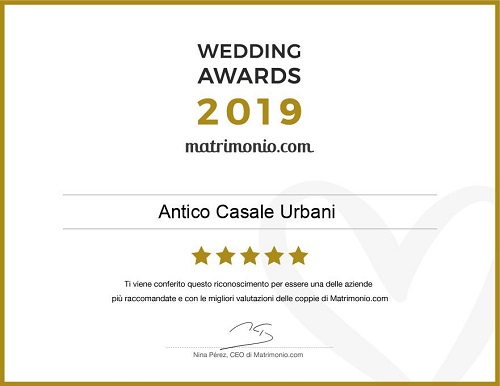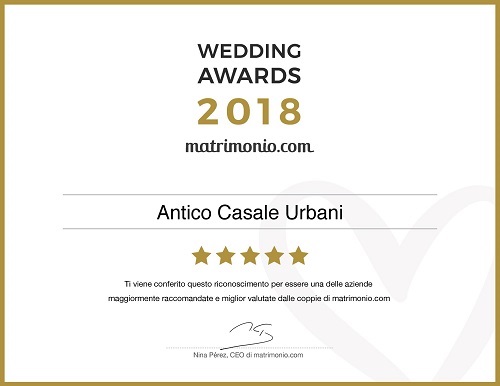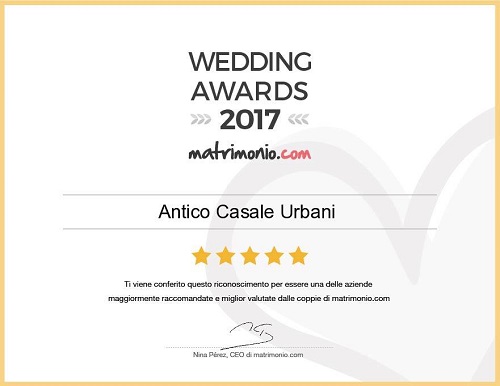Tradition and Culture
The Agricultural Company
It all began around the 1940s, with the division of the family land between the Urbani brothers, the assets distributed 70 years ago are still an integral part of the farm today. A few years after the subdivision, due to an unfortunate historical event, the owner of the Alberino company passes away, his wife Agata thus receives the burden and honor of administering all the properties. With sacrifice and passion, Agata carries on the company over the years, taking care of sharecropping and the settlers and subsequently trying to stem the movement of the settlers towards the big cities and the abandonment of the land in the dark years of agriculture.
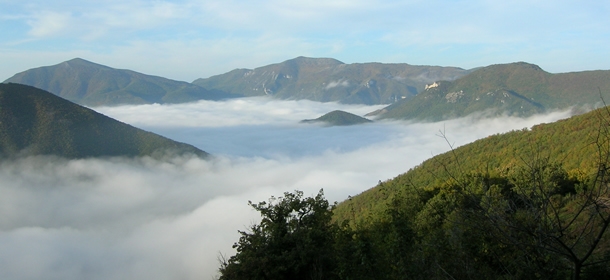
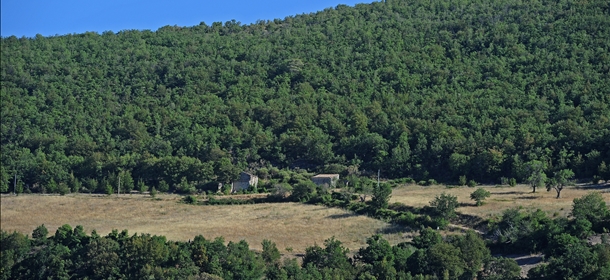
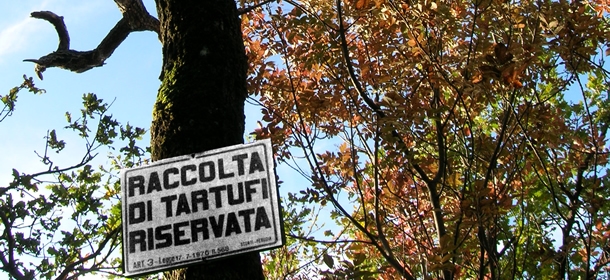
In the 90s, following his death, the company was managed by his children Arturo Piergiorgio, known as Giorgio, and Graziana Urbani and subsequently by division all the properties went to the son. In these years Alberino, Giorgio's eldest son, thanks to the passion that has been transmitted to him since childhood and to the love that has always linked the family to their properties, begins to restore some unused land, especially the land of Case St. Peter's, abandoned since about 1960. The admirable restoration works have made it possible to create plants for truffle seedlings and to resume the production of cereals and fodder.
Following Giorgio's death, in the early 2000s, with the support of his wife Vania, yet another transformation of the corporate structure takes place, realizing the project of the renovation works of the Montoro and Scheggino farmhouses, officially begun in 2003 and completed in 2008.
Thus begins the renewal of the means and technologies used, for a high quality of products with balanced production costs and in line with the agricultural idea, everything in nature is recyclable and eco-sustainable.
Monte Santo Pietro
On an area of about 120 hectares, sheep and goats are grazed in the wild. In these lands there is a strong presence of "pianelli" or truffle quarries, both prized black and summer scorzone, where our guests enjoy themselves in truffle hunting excursions, all of which can be tasted in the Locanda.
Case Corviano
The total production area is 17 hectares. 10 hectares are dedicated to the production of extra virgin olive oil and the other 7 to the cultivation of cereals, wheat, sunflower and field beans. It is located on the Amerini hills, which extend from Orte to Orvieto, in one of the most suitable areas of Umbria for making a high quality product.
Case Campore
In Case Campore, on an area of 24 hectares, the forage for all the animals of the farm is produced, fields entirely sown with alfalfa and mixed sowing. Legumes, lentils and spelled are sown which are then used in tastings at the Casale.

Monte Santo Pietro
On an area of about 120 hectares, sheep and goats are grazed in the wild. In these lands there is a strong presence of "pianelli" or truffle quarries, both prized black and summer scorzone, where our guests enjoy themselves in truffle hunting excursions, all of which can be tasted in the Locanda.
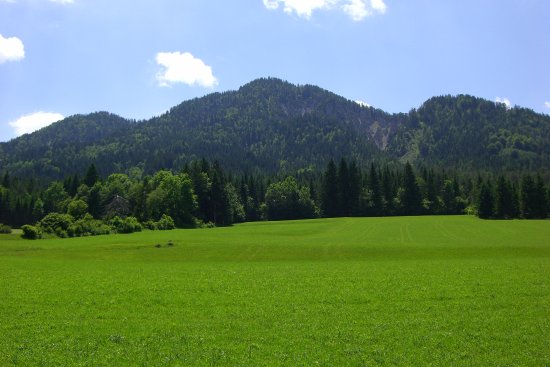
Case Corviano
The total production area is 17 hectares. 10 hectares are dedicated to the production of extra virgin olive oil and the other 7 to the cultivation of cereals, wheat, sunflower and field beans. It is located on the Amerini hills, which extend from Orte to Orvieto, in one of the most suitable areas of Umbria for making a high quality product.

Case Campore
In Case Campore, on an area of 24 hectares, the forage for all the animals of the farm is produced, fields entirely sown with alfalfa and mixed sowing. Legumes, lentils and spelled are sown which are then used in tastings at the Casale.
The Breeding
Tradition and Innovation
The Truffle – It is sought in the land owned by the company in the Casale di Scheggino area. Precious and winter black truffle in the period between December and March while the summer truffle called scorzone in the period between June - August. Oil – It is almost entirely collected in the area of Casale di Montoro in the period between November and January, cold milling. Mostly used in the tasting dishes of Casale di Scheggino. Spelled and Lentils – They are grown in the immediate vicinity of the Casale di Scheggino and are harvested in August. Norcineria – Hams, salami, sausages, guanciale, coppa, lombello, capocollo are produced and stuffed in the period of December – January, in the Casale di Scheggino. The butcher shop – Production of fresh meat for tasting in the Locanda; spare ribs, fresh sausages, pork loin and grilled meats. Pigs, sheep, goats, cows, donkeys, ducks, hens, roosters, chickens, rabbits, guinea fowls and turkeys are part of the farm. Most of these are raised for their meat and look great on the Locanda's menu! Others are part of the agricultural family, so much so that they are the protagonists of the activities organized at the Casale such as "La Piccola Fattoria", where young and old are involved in breeding activities.
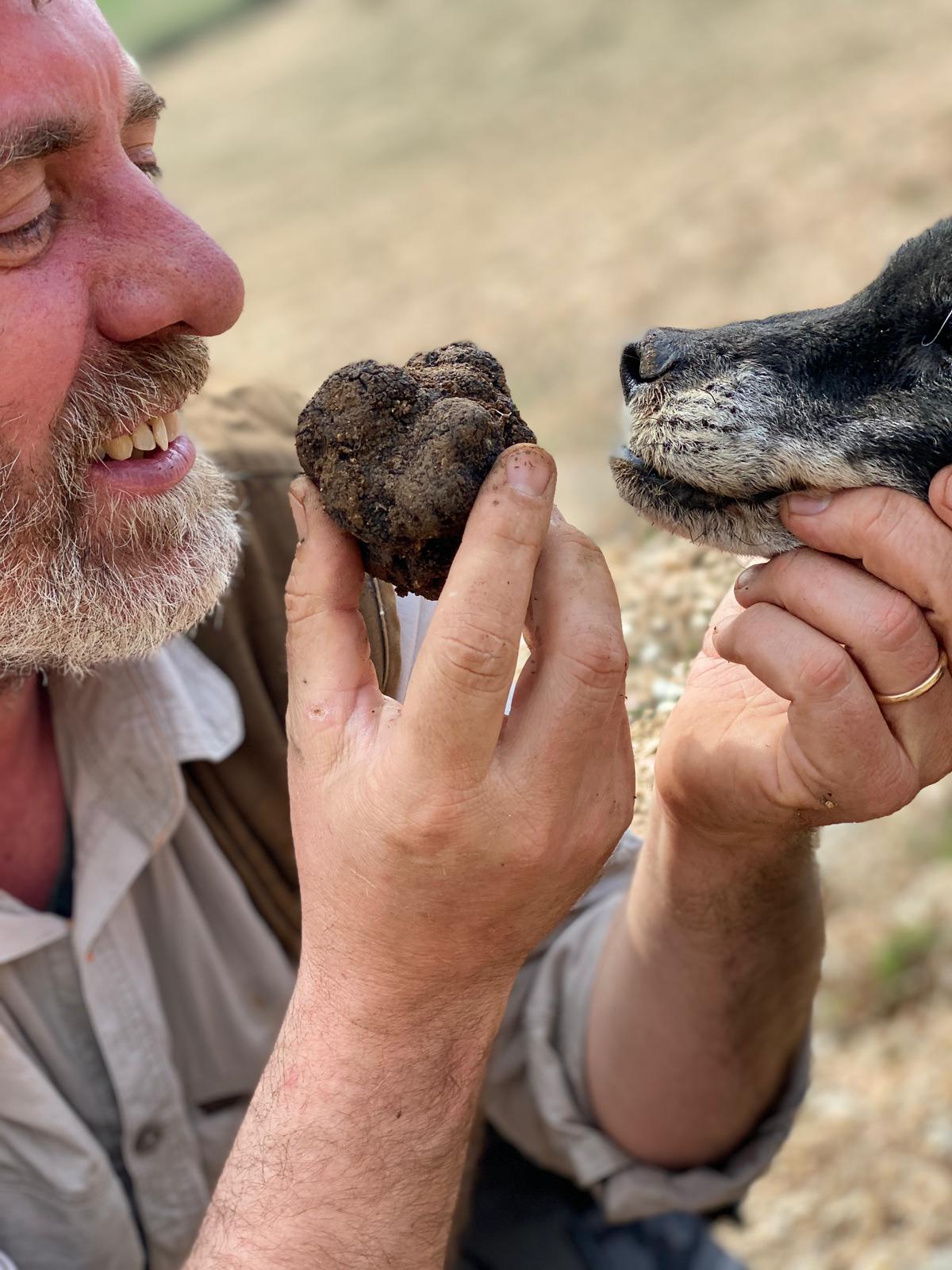
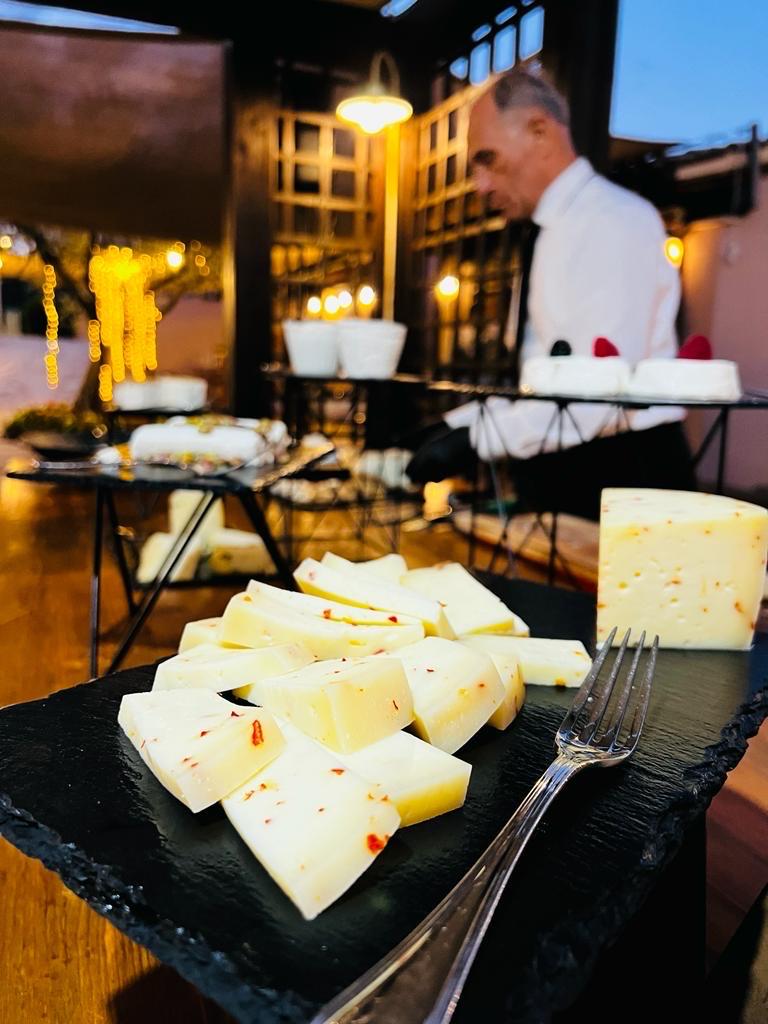
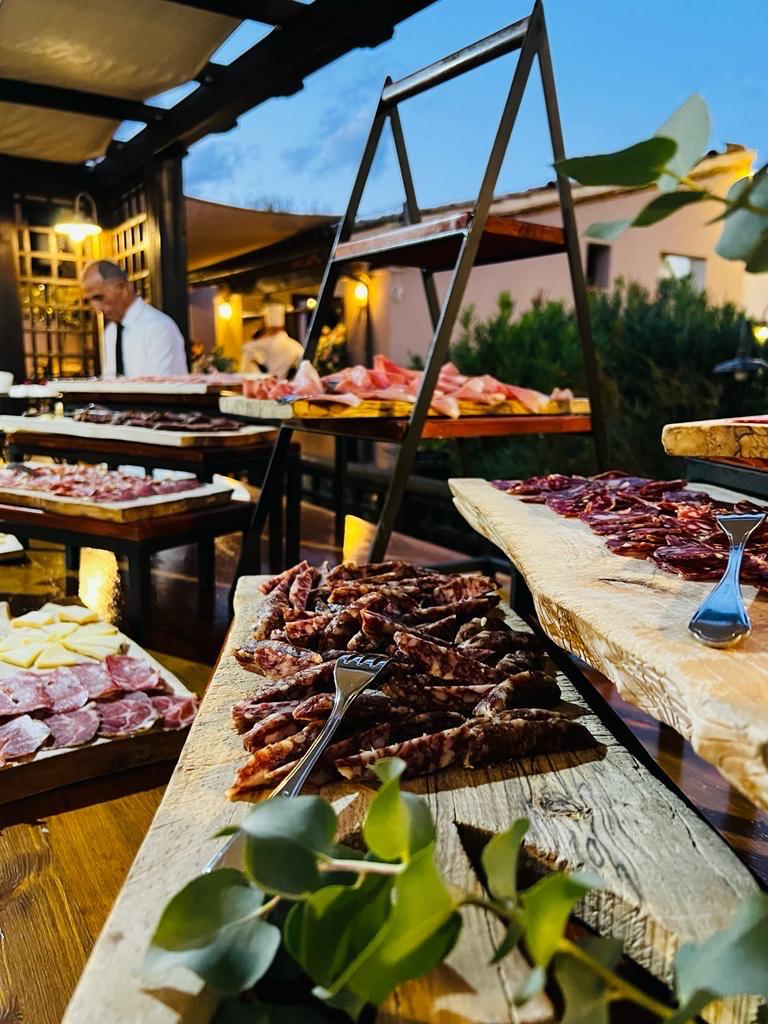
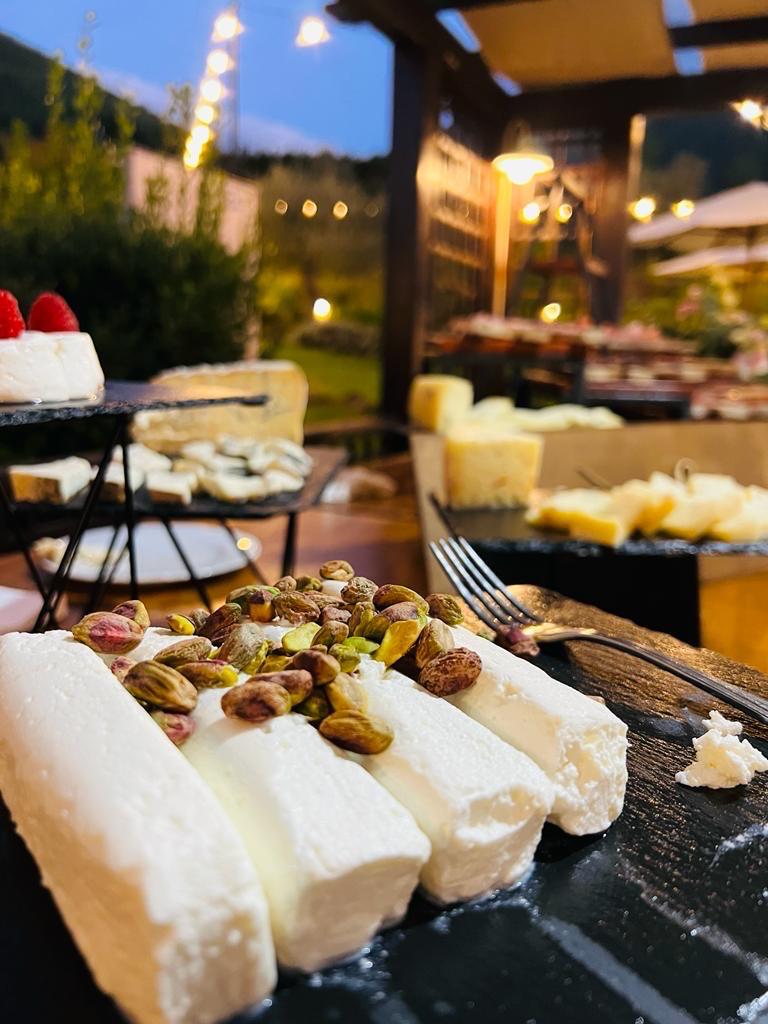
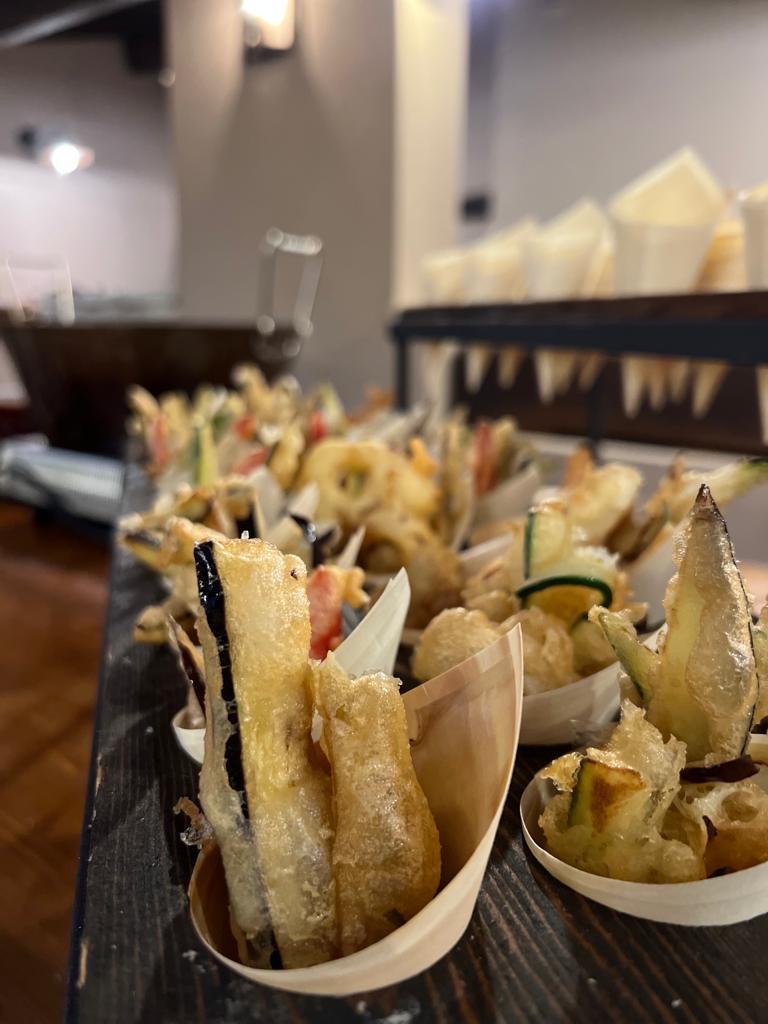
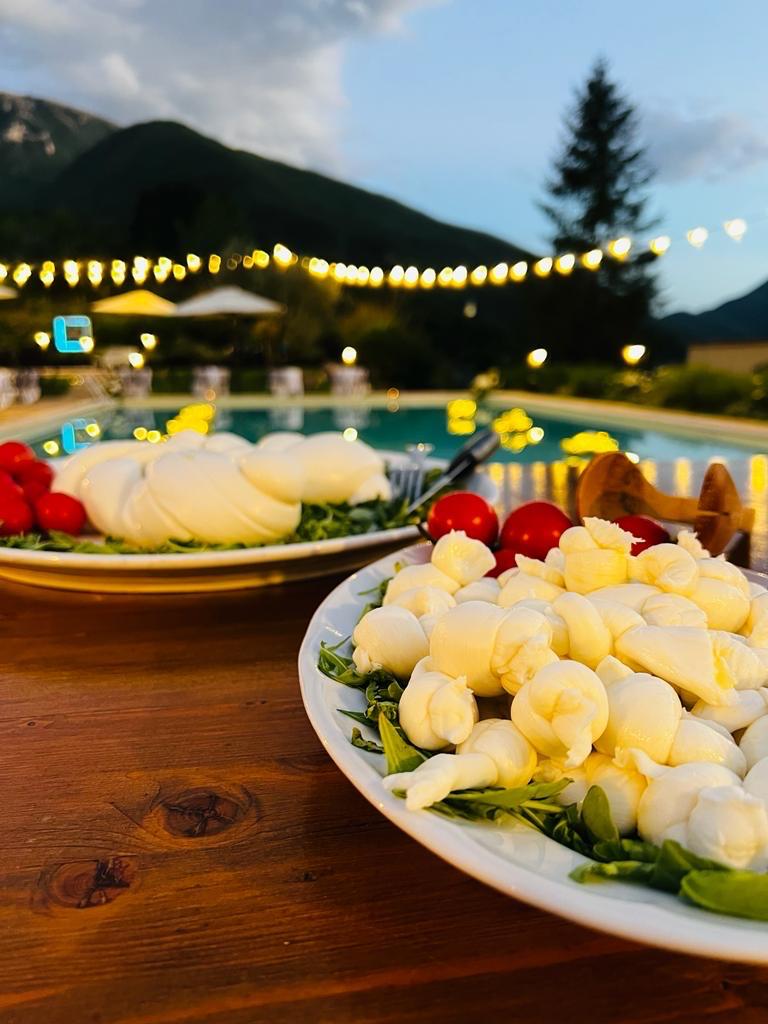
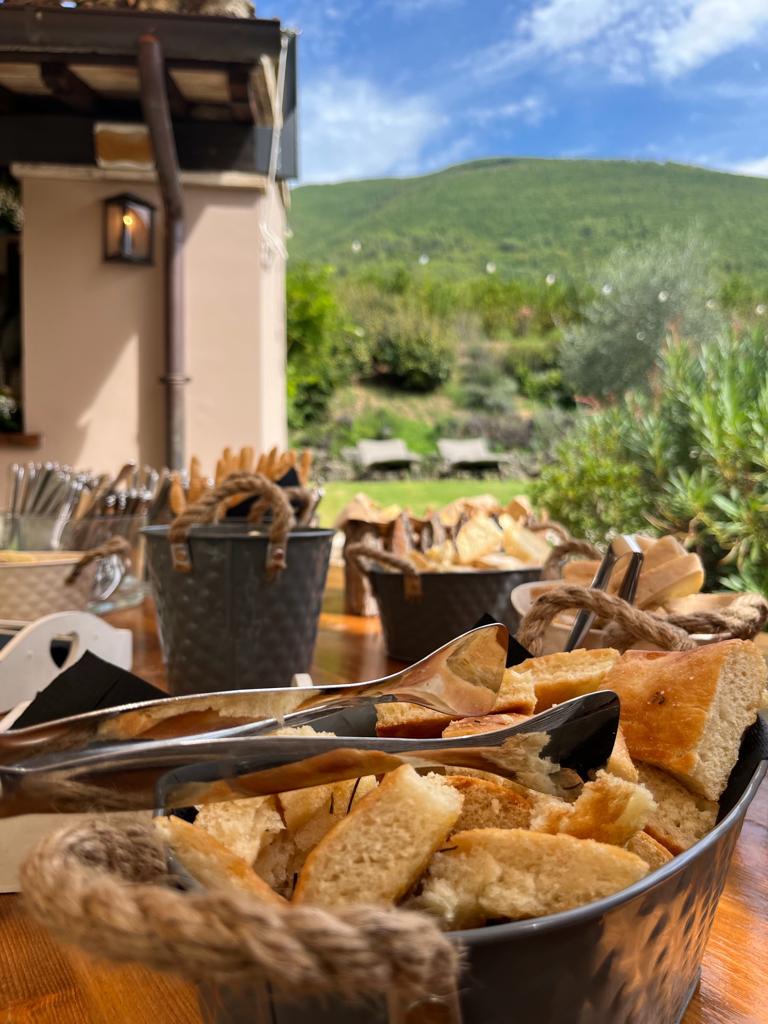
The Tastings
“Il Podere”
Bruschettina with Podere Oil
Bruschettina with Monte Santo Pietro Truffle
1 glass of red wine of your choice
“La Valnerina”
Taste of home-made cold cuts
Homemade farmhouse focaccia
1 glass of red wine of your choice
“The flavors of the Casale”
Taste of home-produced cold cuts
Homemade focaccia from the farmhouse
Bruschettina with Podere Oil
Bruschettina with Truffle from Monte Santo Pietro
1 glass of red wine at choice













